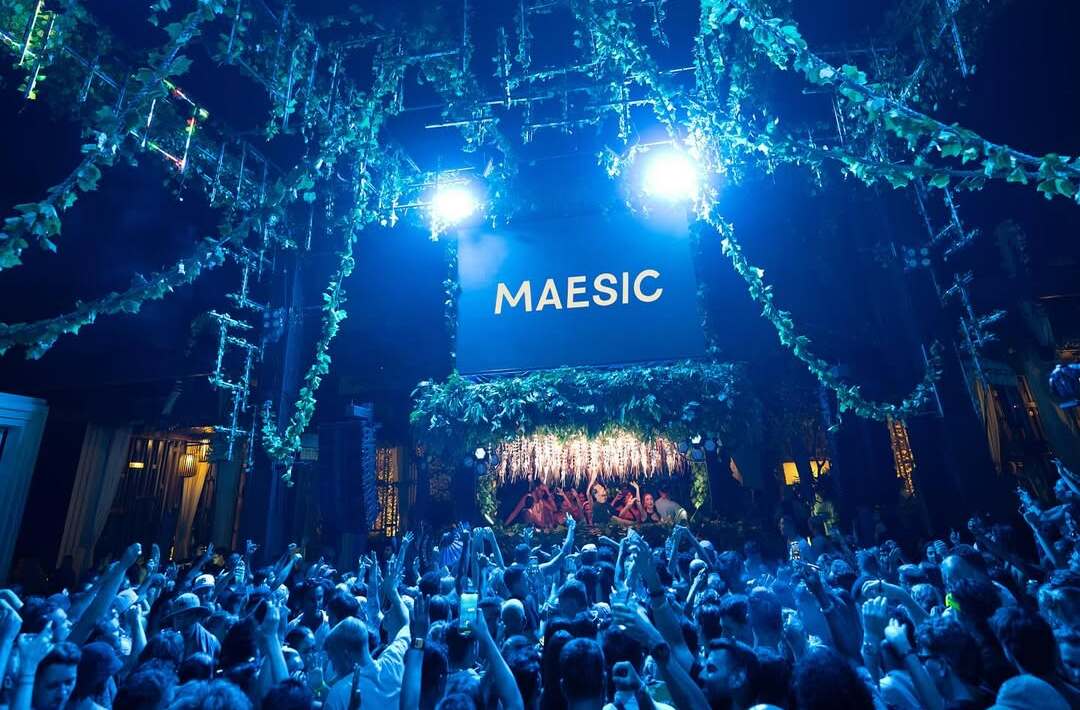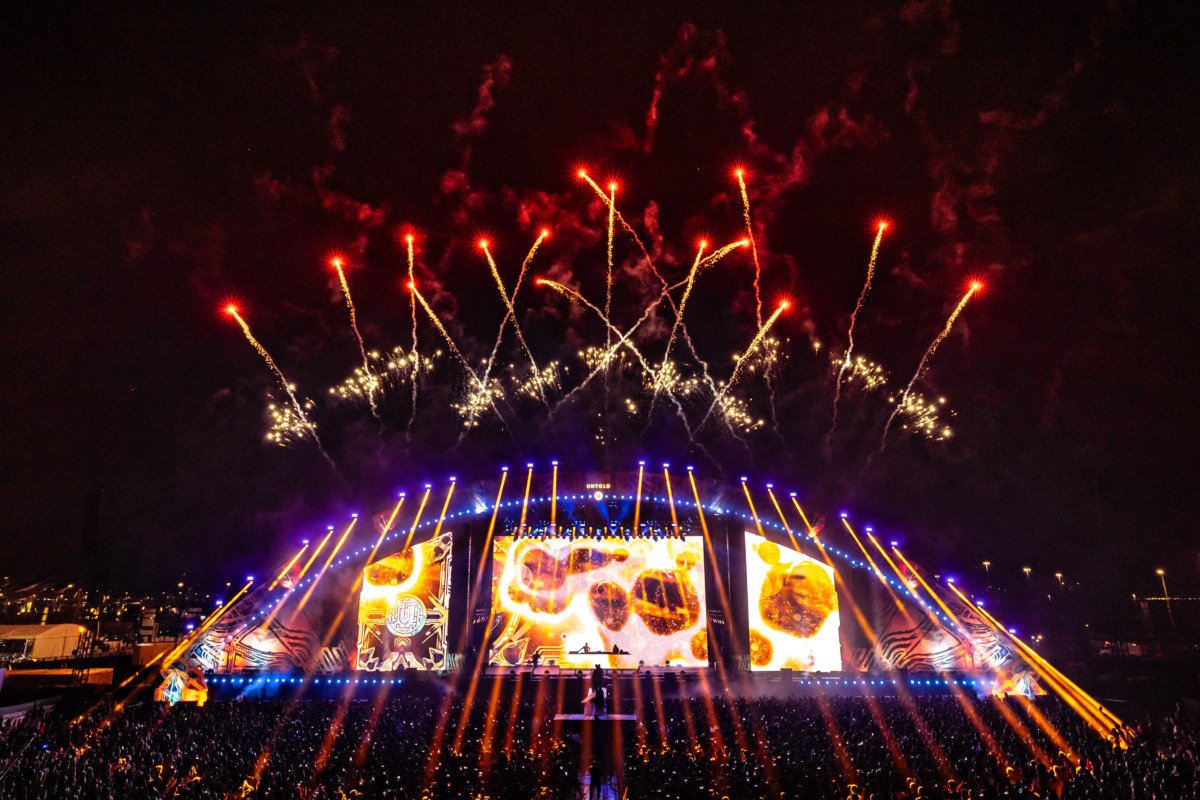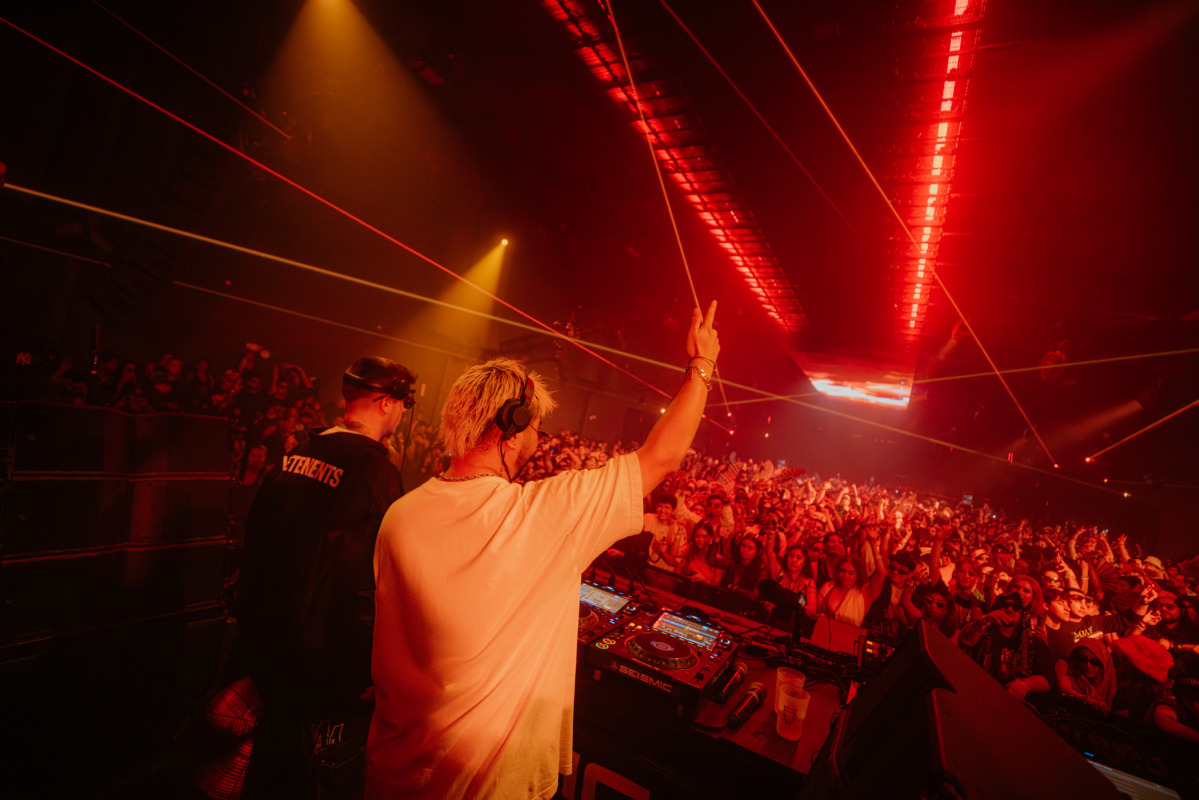In recent years and perhaps ever since the medium first got big in the West, the argument about dubs versus subs has been raging heavily among anime fans. For various reasons, dubs have something of a bad reputation among the most hardcore of anime fandoms, and it's not entirely undeserved. Early dubs from the '80s and 90s were notorious for their low quality, and the succeeding decade was equally as rife with heavily censored and overly Americanized affairs.
However, since these earlier days, English anime dubs have come a long way, being more accurate to the original material while also a more accessible option for many viewers. Here's why having dubs as an option only helps to increase the reach and popularity of anime.
Why Anime Dubs Became Hated
As mentioned, the early days of modern anime popularity weren't a great time for English anime dubbing. Since the medium was much less mainstream back then compared to how it's viewed now, the shows that were dubbed didn't receive the comparative rockstar treatment of the voice acting in Western shows. This made some of the earliest dubs feel like something recorded in a garage in an afternoon or two, making them synonymous with poorly done Kung-Fu movie dubs. Even the original dubs of hits such as Dragon Ball Z weren't exactly great.
Likewise, there was quite a bit of censorship and Americanization to these scripts. This was in an effort to make the shows "appropriate" for Western children and a contemporary of usually far tamer Western cartoons. Not only were character and place names changed, but sometimes whole episodes and even entire storylines were excised in order to keep things kid-friendly. This meant that the shows weren't as accurate to the source material as they should have been, and reeked of the still-controversial nature of shows such as the infamous Robotech. Thankfully, those days are long gone, and anime dubs have essentially done a one-eighty.
Why Anime Dubs Are Worth Watching
Nowadays, anime is more mainstream than ever, and this can be tied to the rise of streaming services such as Netflix and Hulu bringing them to a much broader audience. These various streaming apps have essentially replaced cable in many people's homes, and they're able to use this to the advantage of their programming. No longer forced to make anime as kiddy or Americanized as they did in the past, anime dubs are now free to be as accurate to the source material as possible. This is especially true for current remakes of older anime titles, which have a chance at succeeding in modern times in ways that their predecessors did not.
This means that anime fans can watch modern shows with pretty much nothing of significance changed in the translation, allowing for easier viewing. Some people might not be able to keep up with the pace of reading subtitles or simply dislike reading them for one reason or another. Thus, audibly hearing a show makes it easier to watch it while doing other things, as well as making the experience more pleasurable for younger children or those with visual impairments.
Likewise, in keeping some of the Japanese material intact, hearing certain words and phrases said out loud can help to make it plain what exactly they mean to Westerners who are unfamiliar with them. In some cases, however, certain jokes might not land as well with a dub's intended Western target audience, allowing for more creative freedom that's nonetheless incredibly popular. An example of this is Crayon Shin-Chan -- one of the few truly excellent examples of egregious Americanization, all of which was done in an effort to make the show actually funny to Americans.
Given that most of the horror stories from yesteryear concerning dub accuracy and censorship have been put to rest, anime viewers should have no problem watching their favorite shows in the English language if they so desire.
About The Author

